The rising popularity of Bamboo sees the lightweight, low cost and abundant traditional Chinese material used in transient spaces over recent years.

May 28th, 2015
Top Photo: West Kowloon Bamboo Theatre. Photo: CL3
1. One With The Birds Hotel
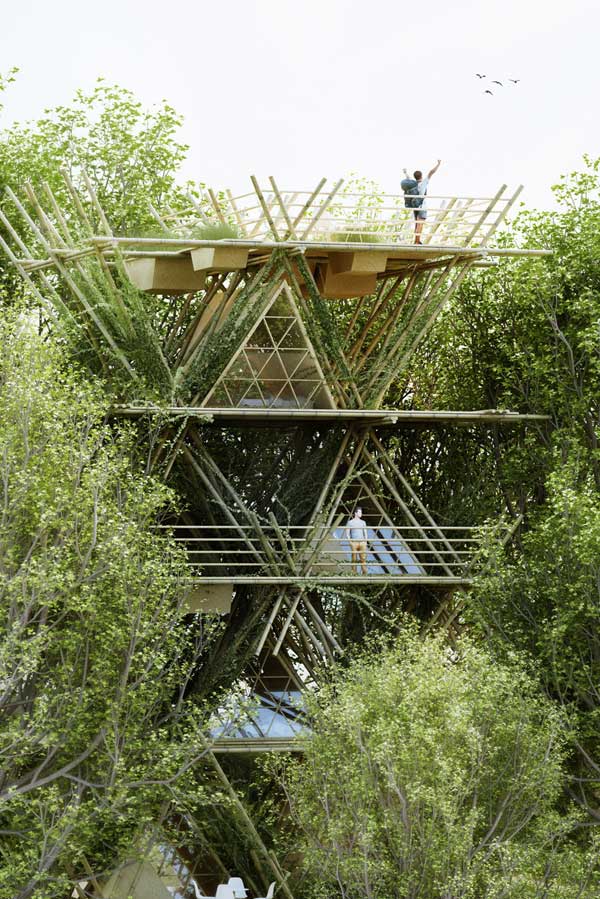
One With The Birds by Penda, 2014. Photo: Penda
A temporary residence in the woods, One with the Woods was built by Penda using the strong flooring support of bamboo joints shaped in an ‘X’, inspired by the flexible system of Native American’s teepees. The residence expands horizontally and vertically easily, where the bamboo material fits seamlessly within nature. When dismantled, it leaves no impact on site, nor harm on the bamboo, which can be repurposed.
2. China Pavillion
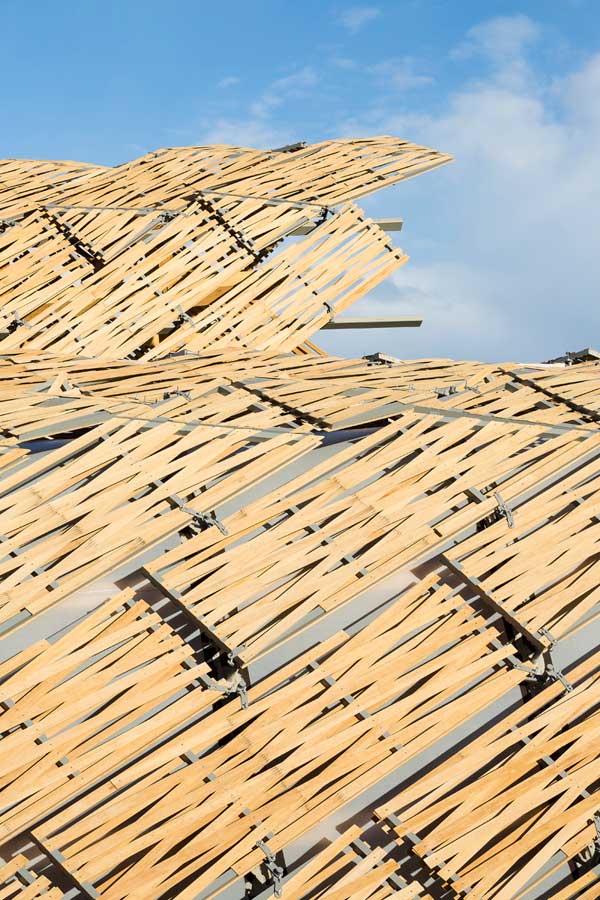
China Pavilion for Expo Milano 2015 by Studio Link-Arc and Tsinghua University. Photo: Sergio Grazia
Studio Link-Arc and Tsinghua University designed the China Pavilion for Milan Expo 2015 with an undulating roof structure cladded with 1052 woven bamboo panels, depicting the traditional Chinese building material in new perspective. Watch this space for a full story on the Pavilion.
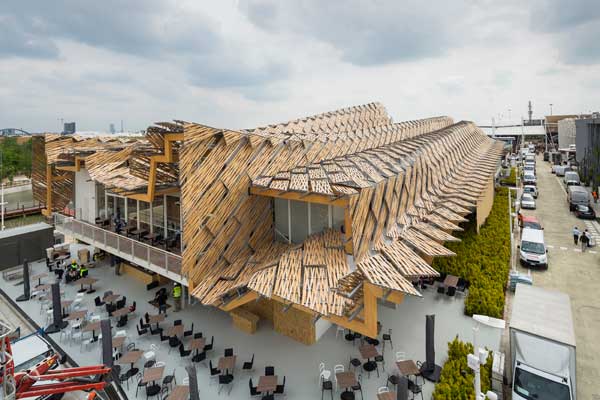
China Pavilion for Expo Milano 2015 by Studio Link-Arc and Tsinghua University. Photo: Sergio Grazia
3. Lantern Wonderland
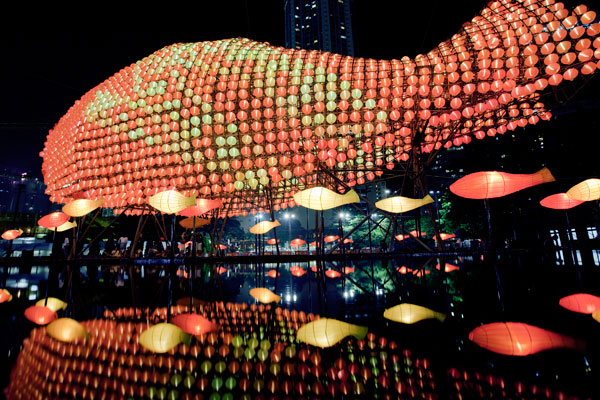
Lantern Wonderland by William Lim, 2011. Photo: CL3
To celebrate the 2011 Mid-Autumn Festival, William Lim of CL3 created a monumental installation titled Lantern Wonderland. The structure had to be constructed within 12 days and deconstructed within three, which made bamboo the only viable material. At a massive scale of 8650 square metres, or the size of a soccer field, the fish shaped – a symbol for prosperity and abundance – construction at Victoria Park was created using approximately 2000 bamboos weaved into a cage structure holding 2360 Chinese lanterns. The entire structure was held using wires and plastic cords – not a single nail was employed.
4. West Kowloon Bamboo Theatre

West Kowloon Bamboo Theatre. Photo: CL3
For Chinese New Year celebrations in 2013, Lim designed the West Kowloon Bamboo Theatre, reminiscent of traditional bamboo theaters in the 50s, to host Cantonese opera performances which took place over 2 weeks.
5. Transitional Micro-Housing
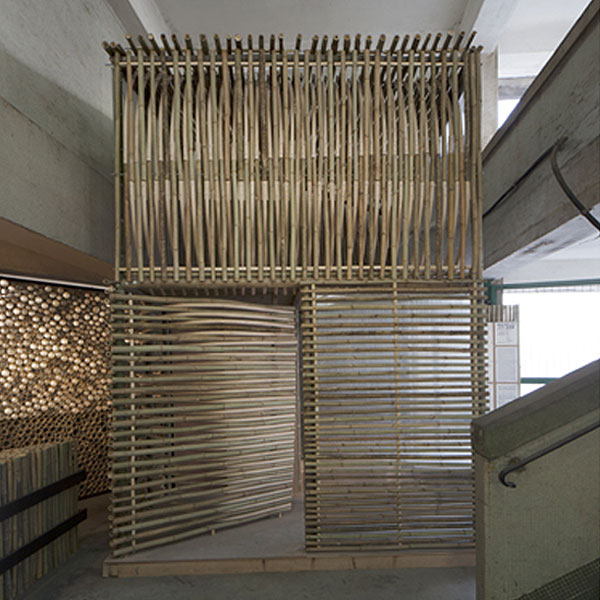
Transitional Micro-housing by Affect-T. Photo: Affect-T
For the 280,000 residents living without permanent residence in Hong Kong, Affect-T conceived an inexpensive, sustainable and easily assembled micro-housing using bamboo to provide temporary housing for singles and families in search of permanent housing.
INDESIGN is on instagram
Follow @indesignlive
A searchable and comprehensive guide for specifying leading products and their suppliers
Keep up to date with the latest and greatest from our industry BFF's!

London-based design duo Raw Edges have joined forces with Established & Sons and Tongue & Groove to introduce Wall to Wall – a hand-stained, “living collection” that transforms parquet flooring into a canvas of colour, pattern, and possibility.

A longstanding partnership turns a historic city into a hub for emerging talent
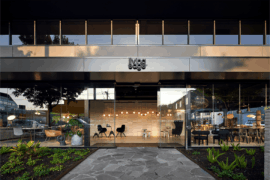
For Aidan Mawhinney, the secret ingredient to Living Edge’s success “comes down to people, product and place.” As the brand celebrates a significant 25-year milestone, it’s that commitment to authentic, sustainable design – and the people behind it all – that continues to anchor its legacy.

W Bali – Seminyak opened back in 2011, so how is the design of this luxury resort holding up in the fast-paced locale?

Kokaistudios’ first Singapore project is an 846-square-metre hospitality interior celebrating cultural synergy through its dynamic and vibrant aesthetics.

The Vietnamese architect discusses insatiable construction markets and dwindling urban ecologies. For the latter, he recommends bamboo; for the former, meditation.
The internet never sleeps! Here's the stuff you might have missed
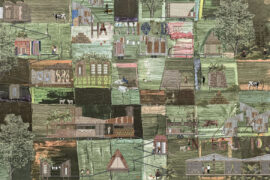
Annabelle Smith has been named winner of The Graduate at the INDE.Awards 2025, in partnership with Colorbond. Her visionary project reimagines housing in Aotearoa, proposing a modular and culturally responsive model uniting people, architecture and nature.
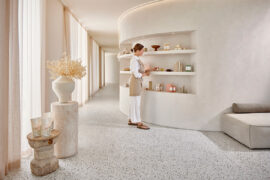
The luxury vinyl plank collection from Godfrey Hirst includes three distinctive palettes – Olympus Neo, Olympus Parquet and Olympus Stone.

Sub-Zero Wolf Kitchen Design Contest (KDC) announces the remarkable Arizona Biltmore as the location of the 2026 Gala Venue and Winners’ Summit
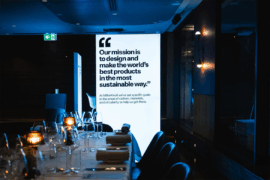
MillerKnoll reimagines the convention of dinner table interactions by plating up a future-forward menu of sustainable design conversation starters as part of the inspiring “Conversations for a Better World” event series.